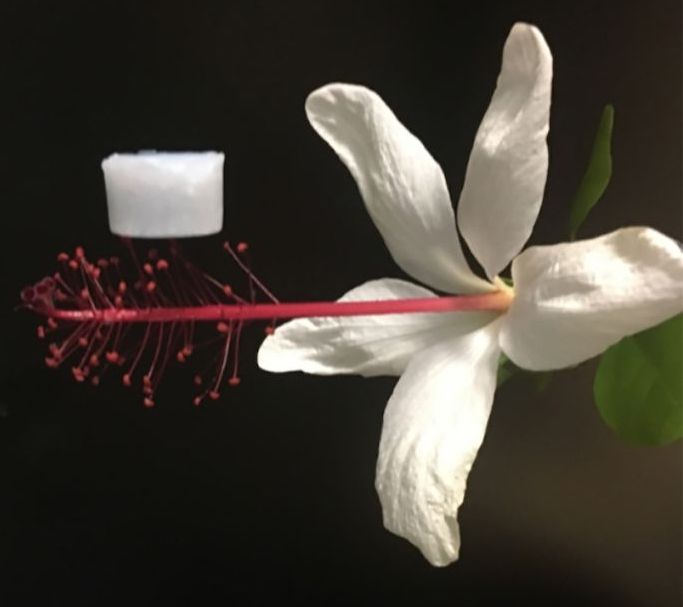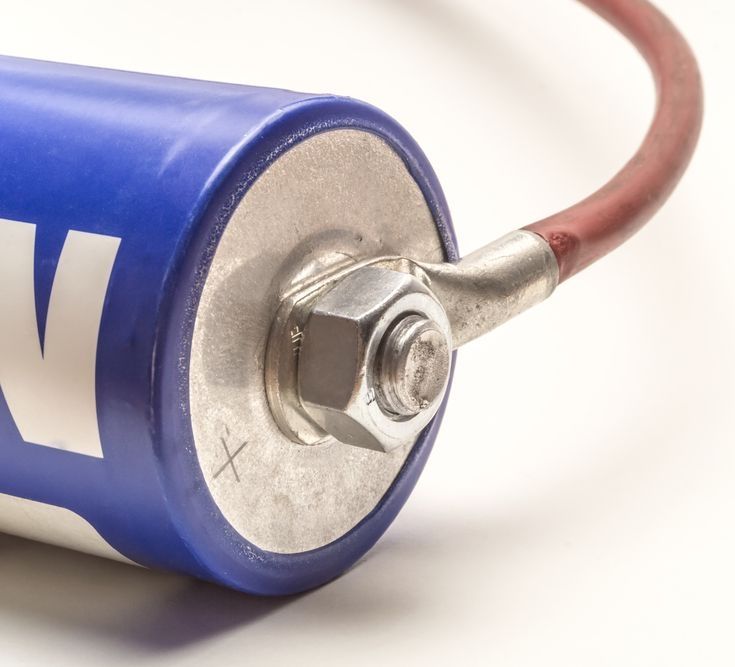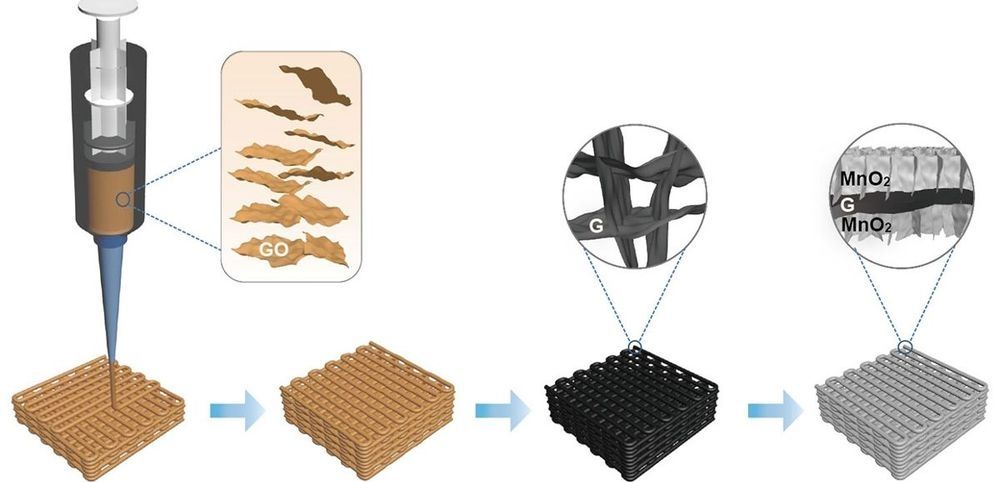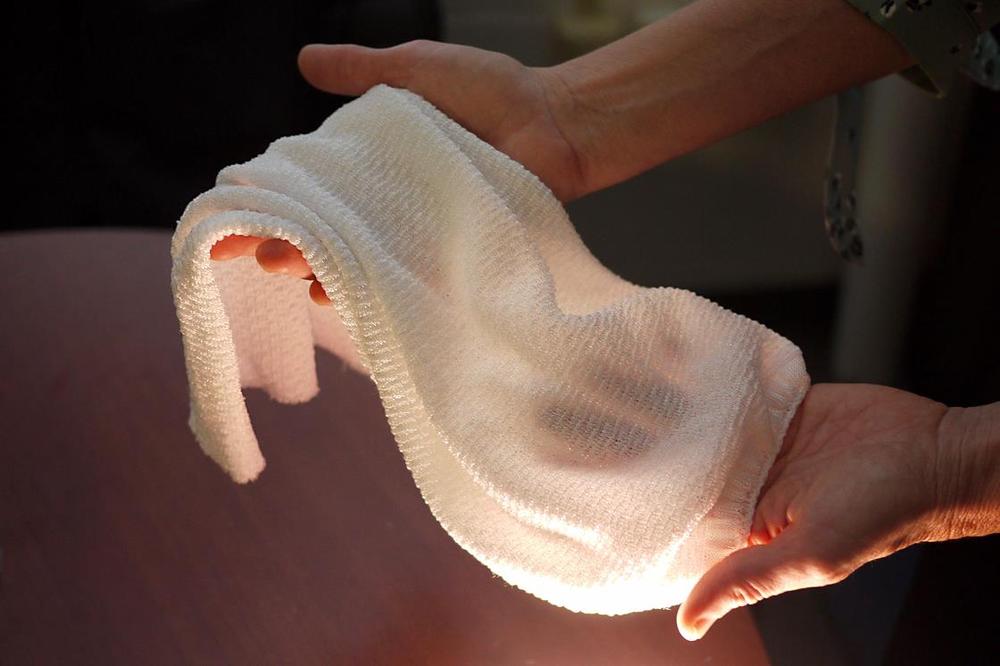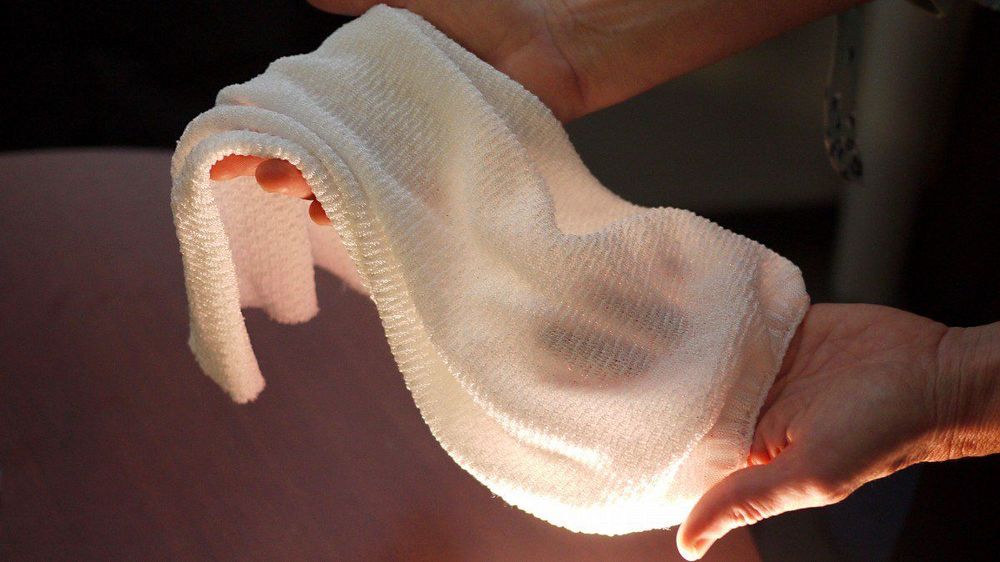In our daily lives, we can find many examples of manipulation of reflected waves such as mirrors to see our reflections or reflective surfaces for sound that improve auditorium acoustics. When a wave impinges on a reflective surface with a certain angle of incidence and the energy is sent back, the angle of reflection is equal to the angle of incidence. This classical reflection law is valid for any homogenous surface. Researchers at Aalto University have developed new metasurfaces for the arbitrary manipulation of reflected waves, essentially breaking the law to engineer the reflection of a surface at will.
Metasurfaces are artificial structures, composed of periodic arranged of meta-atoms at subwavelength scale. Meta-atoms are made of traditional materials but, if they are placed in a periodic manner, the surface can show many unusual effects that cannot be realized by the materials in nature. In their article published 15 February 2019 in Science Advances, the researchers use power-flow conformal metasurfaces to engineer the direction of reflected waves.
‘Existing solutions for controlling reflection of waves have low efficiency or difficult implementation,’ says Ana Díaz-Rubio, postdoctoral researcher at Aalto University. ‘We solved both of those problems. Not only did we figure out a way to design high efficient metasurfaces, we can also adapt the design for different functionalities. These metasurfaces are a versatile platform for arbitrary control of reflection.’

